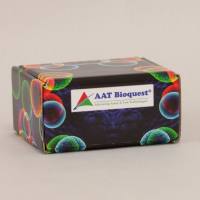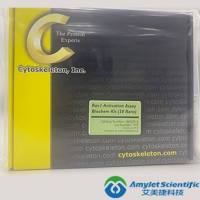Isoelectric Focusing (IEF) of Proteins in Thin-Layer Polyacrylamide Gels
互联网
862
Isoelectric focusing (IEF) is an electrophoretic method for the separation of proteins, according to their isoelectric points (pI), in a stabilized pH gradient. The method involves casting a layer of polyacrylamide gel containing a mixture of carrier ampholytes (low-molecular-weight synthetic polyamino—polycarboxylie acids). When an electric field is applied to such a gel, the carrier ampholytes arrange themselves in order of increasing pi from the anode to the cathode. Each carrier ampholyte maintains a local pH corresponding to its pi and thus a uniform pH gradient is created across the gel. If a protein sample is applied to the surface of the gel, it will also migrate under the influence of the electric field until it reaches the region of the gradient where the pH corresponds to its isoelectric point. At this pH, the protein will have no net charge and will therefore become stationary, or “focused” at this point. Proteins are therefore separated according to their charge, and not size as with SDS gel electrophoresis. In practice the protein samples are loaded onto the gel before the pH gradient is formed. When a current is applied, protein migration and pH gradient formation occur simultaneously.







